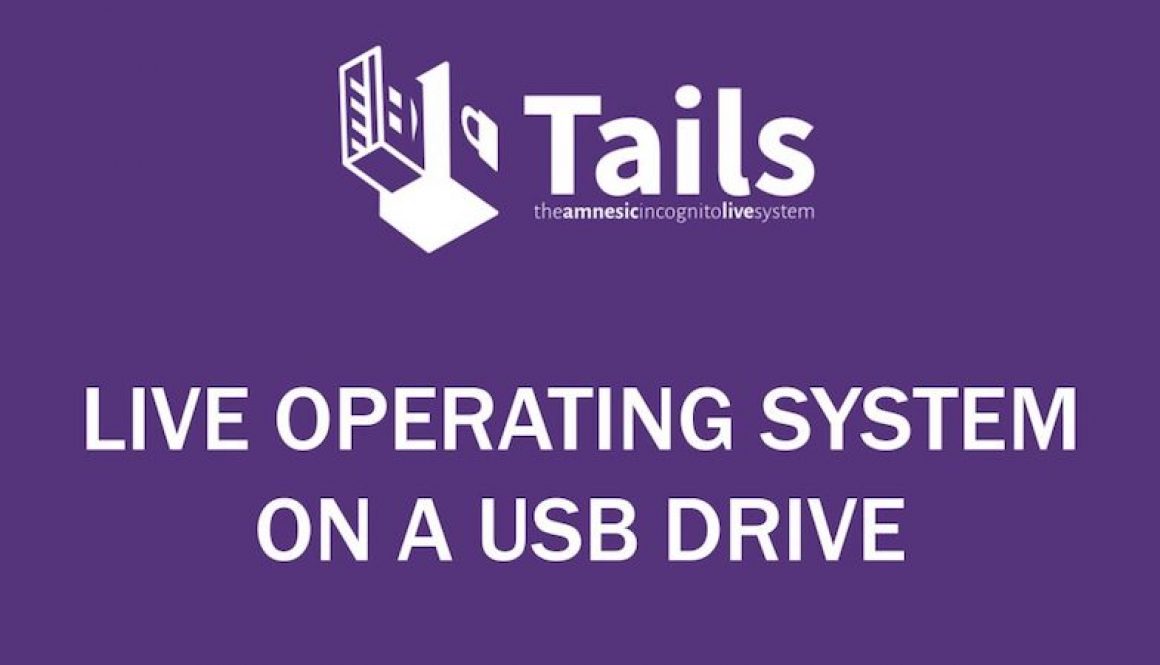CBDC Digital Currency and Control
What is a central bank digital currency (CBDC)?
Central bank digital currencies (CBDCs) have recently emerged as a hot topic in the financial space. Banks, Institutions, and governments are performing research and analysis on the economic and technical feasibility of introducing a new form of digital money and its impact on monetary and fiscal policy.
A Bank of International Settlements report states that over 80% of central banks are already researching CBDC. It begs the question: why are these institutions preoccupied with CBDCs? In this explainer, we’ll cover CBDCs, their importance in digital economies, countries exploring their use cases, and the road to mass adoption.
CBDCs explained
Cryptocurrencies, as we know them today, are extremely volatile and lack government backing — CBDCs overcome these concerns while using the same underlying distributed ledger technology of cryptocurrencies. Governments recognize CBDCs as legal tender in the issuing central bank’s jurisdiction, meaning anyone can use them for payments and every merchant must accept them.
In simpler terms, CBDC is short for Central Bank Digital Currency, an electronic form of central bank money that citizens can use to make digital payments and store value. A CBDC offers three main elements:
A digital currency
Issued by the central bank
Universally accessible
But why should a government issue a CBDC when fiat currency exists?
Why issue a CBDC?
If a country issues a CBDC, its government will consider it to be legal tender, just like fiat currencies; both CBDC and physical cash would be legally acknowledged as a form of payment and act as a claim on the central bank or government.
A central bank digital currency increases the safety and efficiency of both wholesale and retail payment systems. On the wholesale side, a central bank digital currency facilitates quick settlement of retail payments. It could improve the efficiency of making payments at the point of sale or between two parties (p2p).
No physical coins or notes are available to individuals in a digital society, and all money is exchanged in a digital format. If a country intends to become a cashless society, a digital currency with government / central bank backing is a credible alternative. The pressure for governments to adopt a CBDC is strong, as the market for private e-money is on the rise. If it becomes mainstream, beneficiaries are at a disadvantage because e-money providers aim to maximize their profits instead of the general public’s. Issuing a CBDC would give governments an edge over the competition from private e-money.
In addition to domestic transactions, the current cross-jurisdiction payments’ model depends heavily on central banks operating the real-time gross settlement (RTGS) infrastructure within which all local banks’ obligations must settle. Since time lags exist in cross-border payments, participating parties are exposed to settlement and credit risk. A CBDC is available around the clock, while privacy is taken into account to eliminate counterparty credit risk.
Different types of CBDCs
CBDCs are categorized into two different proposals based on the targeted users:
Retail Central Bank Digital Currency
Retail CBDC, based on distributed ledger technology, is traceable, anonymous, and available around the clock. It offers possibilities for interest rate applications, as well. Due to these advantages, a retail central bank digital currency focuses, in particular, on supporting the general public. Additionally, it helps lower the cost of cash printing and promotes financial inclusion.
Wholesale Central Bank Digital Currency
Wholesale CBDC increases payments and security settlement efficiency while resolving liquidity and counterparty risk issues. It’s a great fit for financial institutions which have reserves deposited in a central bank. With their capability to improve wholesale financial systems’ speed and security, even central banks consider wholesale central bank digital currency a favored alternative to existing systems today.
Countries experimenting with CBDCs
China: Digital Yuan
The People’s Bank of China is one of the first central banks to develop a CBDC. They deployed a special task force in 2014 to research and implement a digital Yuan. It gained traction in 2020 when China announced the testing of a CBDC prototype. The first trial of digital Yuan was held in October 2020 in the Luohu district of Shenzhen. The second pilot program took place in Suzhou City at the beginning of 2021. As per reports, the Chinese digital Yuan will impact the $27 trillion payment market in China.
Sweden: e-krona
In 2017, the world’s oldest bank, Swedish Riksbank, began its CBDC project called e-krona. In collaboration with Accenture PLC, a pilot took place from 2020 until February 2021, and the project was extended until February 2022. E-krona intends to offer a robust alternative in case of emergency or turmoil of private payment service providers, thereby ensuring the Swedish payment system remains stable.
Bahamas: Sand Dollar
In 2019, the Bahamas also began their CBDC project called “Sand Dollar” — it was fully deployed in October 2020. The project was initiated in two districts: Exuma and Abaco Islands. Each Sand Dollar constitutes an additional digital variant to the Bahamanian dollar, which is, in turn, kept at a 1:1 peg with 1 US dollar. The project delivers inclusive access to financial services and regulated payments.
Eastern Caribbean Area: DXCD
The monetary authority for the Organization of Eastern Caribbean States members, the Eastern Caribbean Central Bank, began their work on a CBDC project called DXCD to reach financially excluded parts of the population. Its prototype is being tested in Antigua, Barbuda, Grenada, Saint Lucia, St. Kitts, and Nevis. The main goal of DXCD is to be a retail payment system for citizens without credit cards, for merchant and e-commerce payments at low costs.
Marshall Islands: Sovereign
In 2018, the Republic of the Marshall Islands shared plans for launching a CBDC called Sovereign (SOV). Currently, the US dollar acts as legal tender on the island, mainly because its population is only 58,729 and the cost of cash printing exceeded its benefits. RMI plans to introduce SOV as alternative digital money as a legal tender to improve the efficiency of RMI’s current payment systems.
CBDC’s path to mass adoption
Decentralized blockchains today have a “user beware” attitude: all transactions are irrevocable once settled and assets cannot be recovered if the transacting party is unwilling to cooperate with legal authorities. This is not a viable option for a CBDC aiming for mass adoption.
Moreover, no existing non-banking payment system has this kind of treatment under existing laws. Nor is it possible for legal authorities to compel cooperation, since the recipient could be an unknown person from overseas not subject to abide by the laws and regulations of the CBDC’s jurisdiction. Instead, CBDC issuers should modify their state under banking, property, payment, and contract law. This is possible only with hybrid two-layer designs that address two distinct problems:
A CBDC needs a proper management infrastructure, wherein transactions can be first verified and then modified under the jurisdiction’s law. A dispute resolution system has security, compliance, and auditing processes. With Hedera acting as a publicly verifiable log of transactions for CBDCs that live in permissioned blockchain frameworks, banks that layer customer services on top of the payment layer can trust and verify that transaction information is accurate.
A CBDC also needs to report its state (account balances, transactions, etc.) to relevant regulatory bodies, which can be more than just the state of the transactions — this includes things like information on IP addresses or account IDs. This information is vital in dispute resolution for payment systems. Using Hedera as a public record, authorities could directly inspect a CBDC’s state, including the details of how users have interacted with it.
Closing thoughts on CBDCs
Given the considerable efforts and attention that central banks are dedicating to central bank digital currencies, they will become a reality soon. Introducing CBDCs to the world will help boost crypto adoption as people will have access to the platforms to convert cryptocurrencies into legal tenders. Moreover, it will also help in the financial inclusion of the bankless population.
CBDCs will have far-reaching implications on the future of finance, including the buying and selling of digital assets and securities. However, the question is when? This answer will rely on the foundations of a dedicated legal framework to facilitate the transparency, distribution, and issuance of a digital form of money by global governments. As regulators and central banks take concrete steps in the direction of establishing CBDCs, the world will begin to embrace digital currencies as a standard.















